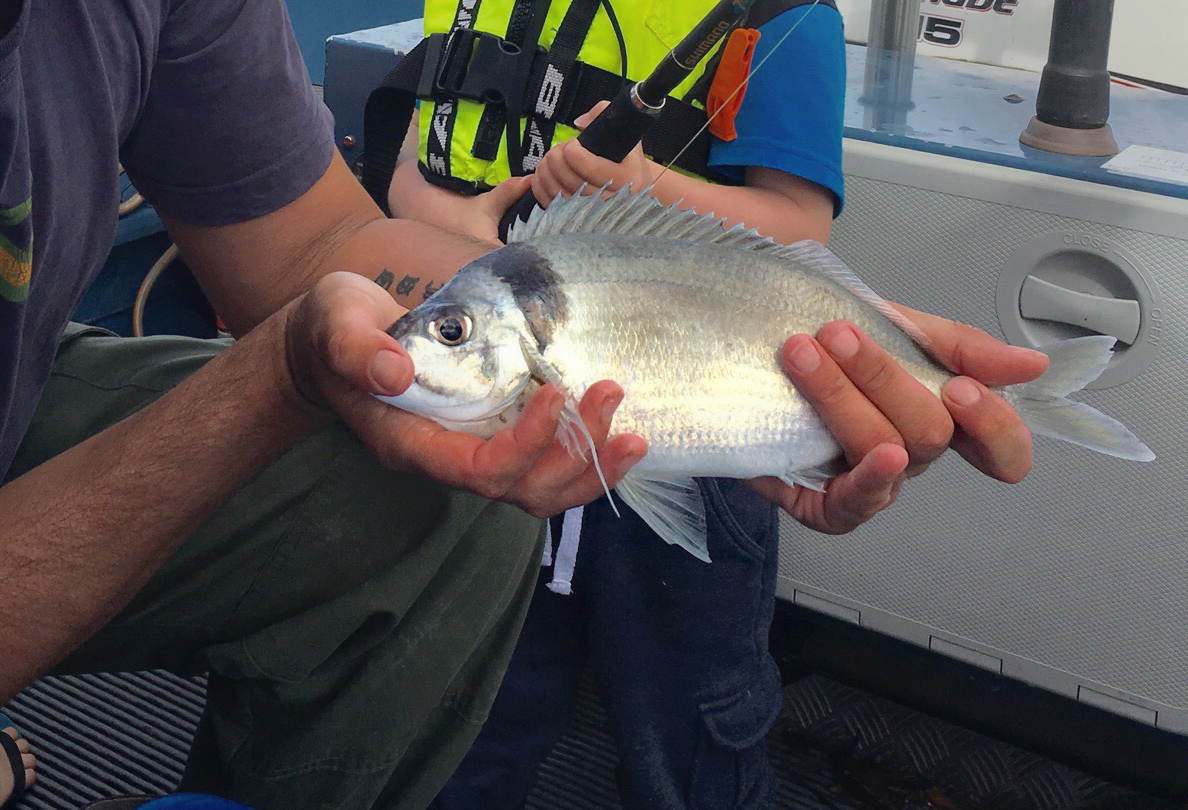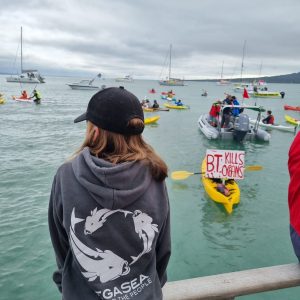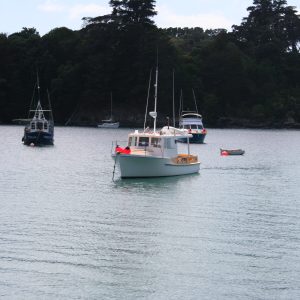As Kiwis we like to think we have it over our trans-Tasman neighbours yet in terms of fisheries management the Queenslanders are beating us hands down. The Queensland government has committed to managing their fish stocks at much higher abundance levels compared to New Zealand. If we don’t follow their lead there will be increasing conflicts as we scrap over the remnants of our inshore fish stocks.

The Queensland Sustainable Fisheries Strategy: 2017-2027 supports setting catch limits for fish stocks to achieve maximum economic benefits from using the resource, while improving fishing for everyone. Their target is B60, which is rebuilding fish stocks to a level that equates to 60 percent of estimated original, unfished biomass.
Back here, many of our important inshore fish stocks have unrealistic catch limits that were set 35 years ago, long before environmental principles were given breath. Consequently, the state of some of our most treasured fisheries are unknown or have been depleted to B20 or less.
For example, tarakihi on the east coast of New Zealand was assessed in 2018 to be sitting around B16. That means more than 80 percent of the original stock has gone and remaining fish have not been able to naturally replenish, mainly due to excessive commercial fishing and targeting of small fish by trawlers.
Given the upheavals of 2020 and our government’s stated goal for transformational change, now is the time to be setting catch limits that will sustain our fish stocks at abundant levels for the benefit of current and future generations.
The most recent scientific papers support managing fish stocks at a minimum of B50. Queensland is targeting B60 because their aims are to:
- Maximise economic returns from fishing.
- Improve fishing satisfaction for all sectors.
- Promote a resilient ecosystem to withstand adverse environmental challenges.
If we are not prepared to aim for a B60 management target then rebuilding our depleted fish stocks to B50 would be a good start. That is because B50 means:
- A fishery with some big fish and lots of small fish.
- A more natural fish population that will provide a good yield and increased resilience to environmental changes.
- Reduced catching costs because fish will be easier to catch.
- A fishery able to provide the necessary ecosystem services and maintain the natural predator/prey relationships.
How do we get to B50?
Rebuilding then managing our fish stocks at more abundant levels such as B50 is an important element of our Rescue Fish policy. Kaitiakitanga is the principle of guardianship of our precious resources and people, so B50 fits within this holistic framework.
No doubt it will be a challenge to convince our political leaders to legislate B50 as the minimum management level for our fish stocks.
Perhaps our biggest challenge is being bold enough to keep up with our Australian cousins while looking after the interests of all New Zealanders by having more fish in the water.
Petition
To achieve success we need a strong show of public support for change. Please sign the Rescue Fish petition at rescuefish.co.nz/petition.





